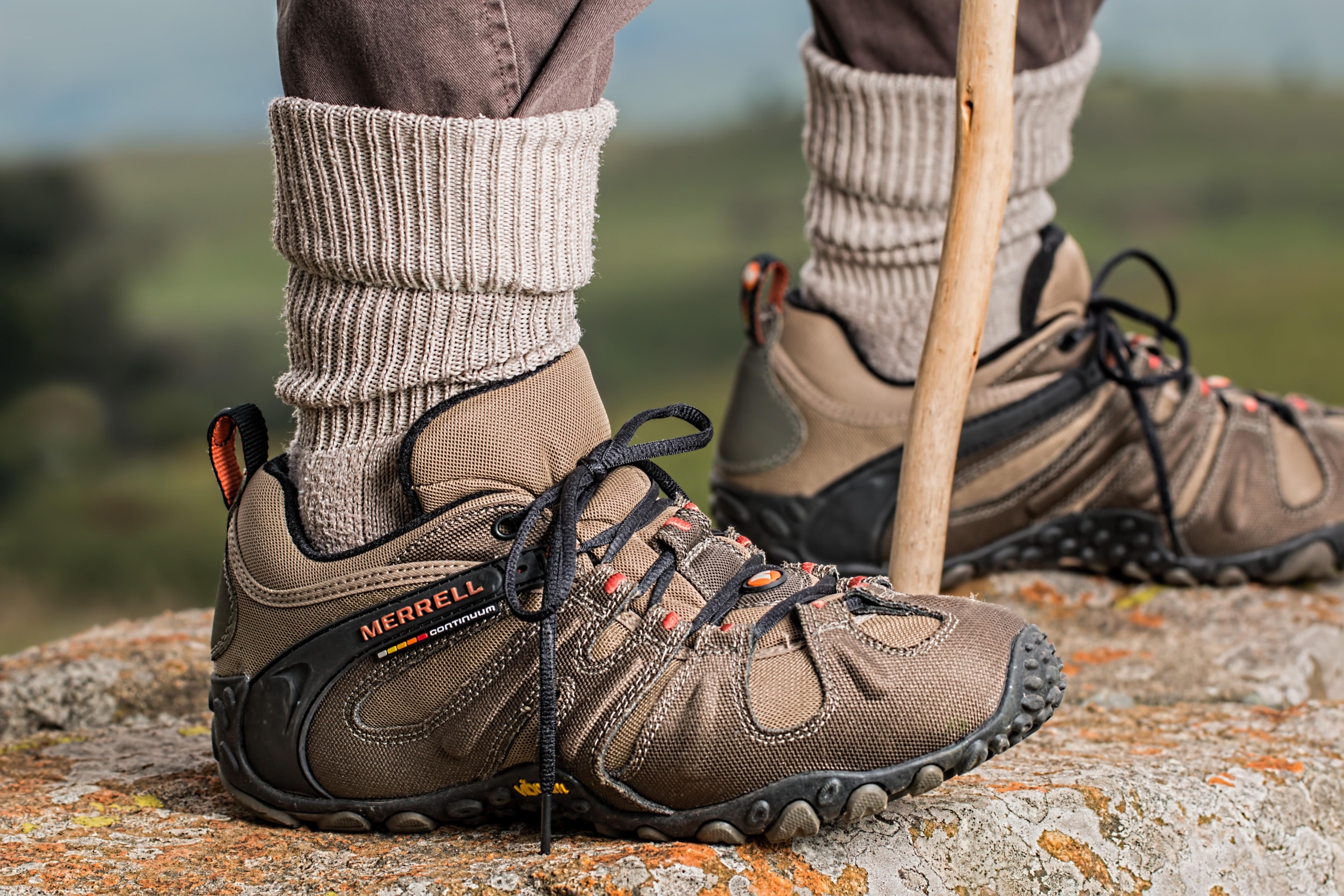What is plantar fasciitis and how is it treated?

Our feet carry us everyday, taking thousands of steps, bearing body weight for hours as we stand.
Foot pain and specifically, plantar fasciitis, is often extremely debilitating, making walking and standing a chore.
It is estimated that this conditions affects up to 10% of people in their lifetime.
Plantar fasciitis is notoriously frustrating and difficult to treat.
Understanding the plantar fascia and its function can help treat and prevent plantar fasciitis.
ANATOMY

Planta fascia of the foot. Image: Healthwise
The plantar fascia is a thick band of connective tissue that covers the underside of the foot.
It originates at the heel and extends toward each of the five toes.
The plantar fascia functions to protect the under side of the foot, help maintain the arch, and to distribute pressure during loading of the foot.
Plantar fasciitis is the inflammation of this connective tissue.

Bolgla LA, Malone TR. Plantar fasciitis and the windlass mechanism: a biomechanical link to clinical practice. J Athl Train. 2004 Jan;39(1):77-82.
The foot and ankle form a stable truss visualized by the triangle in the diagram adjacent. The bottom line of the triangle represents the plantar fascia. The arrow pointing downward represents body weight pushing down, while the upward arrows represent the ground reaction force that pushes up into the foot.
When the foot is loaded, these forces work to collapse the triangle and place tension on the plantar fascia.
The plantar fascia is strong and can handle the load in the majority of cases, and like other tissues in the body, can be trained to bear the repetitive loading.
If the stress is too heavy or too repetitive than the plantar fascia is conditioned to, however, the plantar fascia will be at risk of injury.
Risk Factors for Developing Plantar Fasciitis
If the forces that work to collapse the triangle are increased then the risk of plantar fasciitis is increased.
Risk factors that increase your likelihood of developing plantar fasciitis include:
Increased body weight
Greater body weight simply increases the force through the downward arrow, which amplifies the tension through the plantar fascia.
Participating in activities that include repetitive high impact loading of the foot
Running and jumping increases ground reaction forces by 2-4 times and increases tension on the plantar fascia.
Some Occupations
Occupations demanding a lot of standing will load the foot for a greater time period.
The risk is exaggerated by hard surfaces that increase the ground reaction force.
Poor foot mobility (range of motion)
Some evidence suggests that reduced dorsiflexion is the most important risk factor for developing plantar fasciitis (dorsiflexion is when you bend your shin forward over your foot, creating a bend in the ankle).
Tight calf muscles inserting on the Achilles are a common reason for reduced dorsiflexion range of motion.
As shown in the diagram below, the Achilles tendon pulls on the back of the heel, this causes that bone to rotate slightly, creating tension on the plantar fascia and collapsing the truss.

The Achilles tendon has connective tissue that wraps around the back of the heel and is continuous with the plantar fascia.
This means that tight calf muscles directly put tension on the plantar fascia.
Prevention of Plantar Fasciitis
Based on the most proven risk factors above here are some strategies to negate these risk factors.
Maintaining a healthy body weight decreases your risk of developing plantar fasciitis.

The smaller muscle of the foot and ankle are a second system that helps maintain the integrity and stability of the foot and ankle. Strengthening the smaller muscles of the foot and ankle helps reduce the burden on the plantar fascia.
Decreasing calf tightness and therefore increasing dorsiflexion range of motion reduces your chances of developing plantar fasciitis. Moderate evidence exists supporting the use of dry needling of the calf to increase dorsiflexion and treat plantar fasciitis.
The plantar fascia is able to adapt to the load placed on it, so slowly increasing training time and intensity when participating in high impact activities will decrease the risk of plantar fasciitis.
To negate some of the increased risk associated with working long hours on hard floors, standing on a soft mat or shoes with a lot of cushioning are helpful.
Treatment of Plantar Fasciitis
There is moderate evidence supporting the use of orthotics or insoles for the treatment of plantar fasciitis. Orthotics are used to spread the ground reaction force through the whole foot instead of just the upward arrows shown in the first diagram. The modified ground reaction force no longer works as strongly to collapse the truss of the foot and ankle.
Treatments including shockwave, dry needling the calf muscles, injections, and taping also have moderate evidence supporting their use in the treatment on plantar fasciitis, but more research is needed to make conclusive decisions.
Identifying risk factors distinctive to an individual case of plantar fasciitis can help guide patients and practitioners to the most relevant and the most effective treatments.
Arriving earlier on the most appropriate treatment has the potential to reduce time suffering from plantar fasciitis.
Expert Contributor
BEN LINDEMULDER, PHYSIOTHERAPIST
MScPT, BSc, IMS
Ben enjoys helping patients at all levels rehabilitate from their injuries and perform at their maximum potential. He has experience with spinal manipulations, advanced intramuscular stimulation, dry needling and post-concussion management. Ben can also create custom foot orthotics to meet your individual needs.



